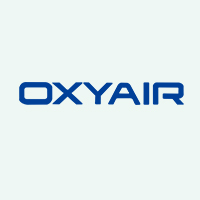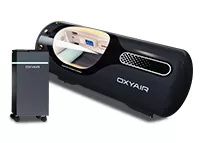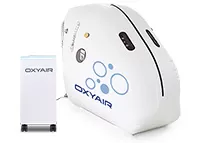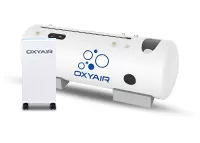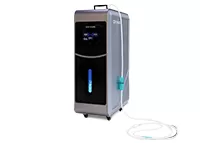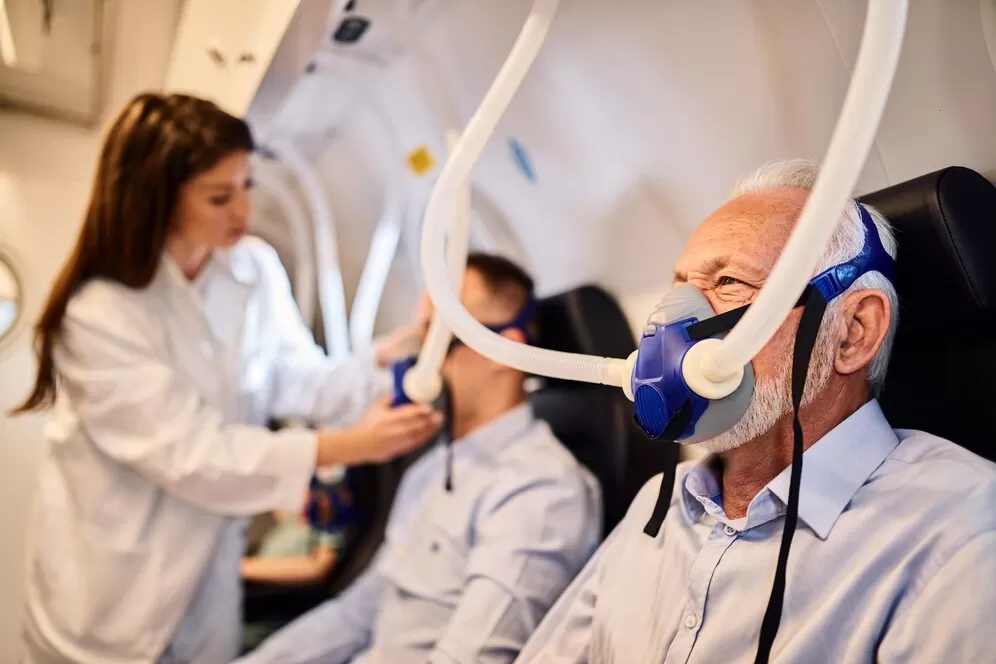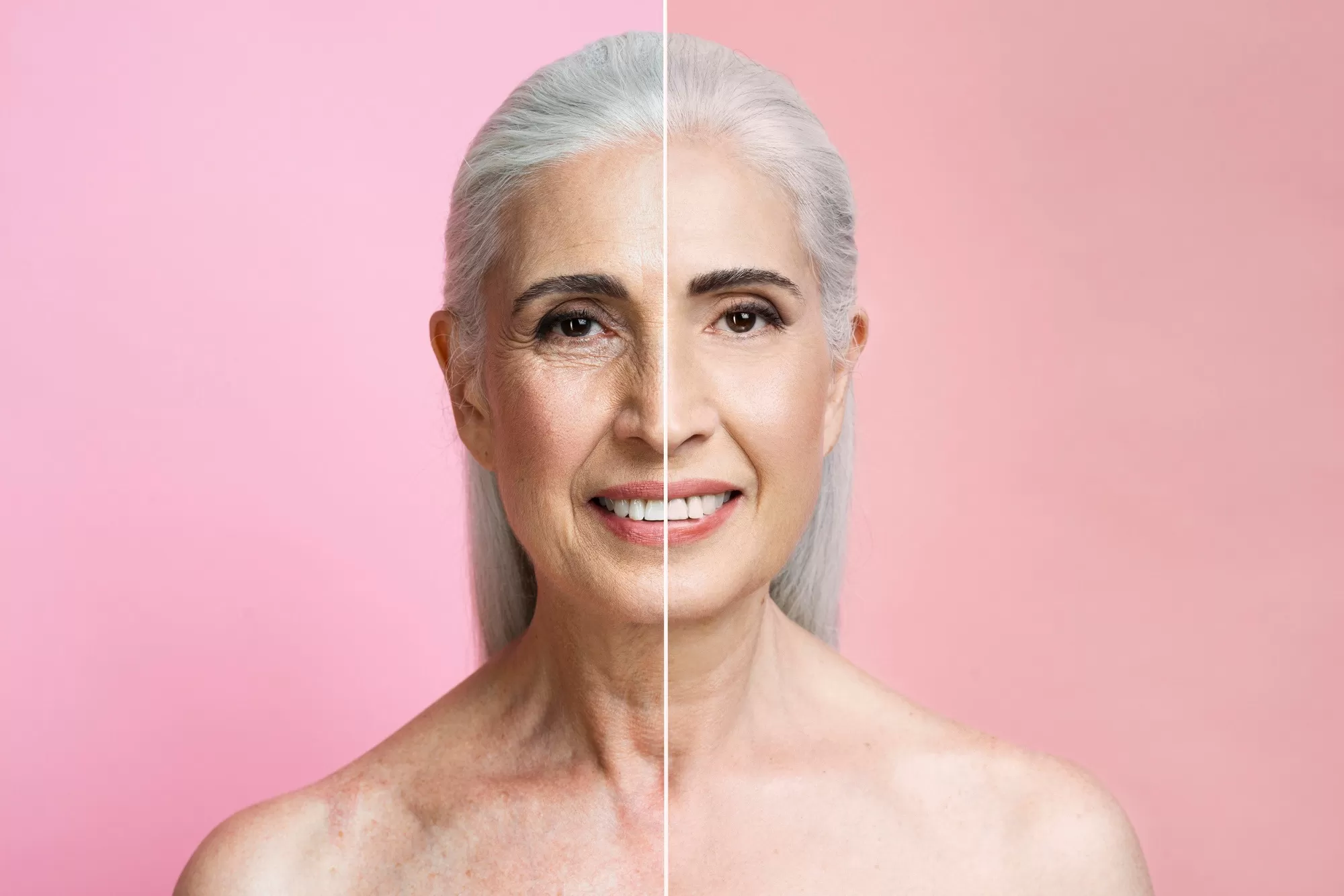What is the difference between ozone therapy and hyperbaric oxygen
In an era where public health awareness is on the rise, oxygen therapy is becoming a new wellness trend. However, with various oxygen-related treatments flooding the market, consumers often find themselves confused: ozone therapy claims to purify the blood, while hyperbaric oxygen chambers boast cellular repair. But what are the fundamental differences between the two? How can you choose the right "energy station" for your health? What sets these two oxygen therapies apart, in essence? Which option is safer and more worth investing in? Today, we’ll take you on a deep dive into both therapies and reveal why the Oxyair Hyperbaric Oxygen Chamber is quickly becoming the market’s new favorite.
What is ozone therapy?
Ozone therapy refers to an alternative treatment that involves the use of ozone gas (O₃) to intervene in the human body. Ozone (O₃) has strong oxidizing properties, which allow it to destroy the cell membranes or genetic material (such as DNA/RNA) of bacteria, viruses, and fungi, achieving a broad-spectrum antimicrobial effect. Additionally, ozone can improve microcirculation and oxygen metabolism and offer anti-inflammatory and immune-regulating benefits.
Common application methods include:
Local injection of ozone gas
Application of ozone-infused oil
Ozone steam therapy
Ozone therapy may help alleviate symptoms in specific areas, such as pain management or localized infections. However, its widespread use is limited due to concerns over the level of scientific evidence and safety. Ozone itself can irritate the respiratory tract, and if not properly dosed, may cause side effects such as dizziness, coughing, and chest tightness. Moreover, in many countries (such as the United States), ozone is strictly regulated and not approved for medical use.
What is hyperbaric oxygen therapy?
Hyperbaric Oxygen Therapy (HBOT) involves placing a patient inside a sealed hyperbaric oxygen chamber, where they breathe in high concentrations of pure oxygen under elevated atmospheric pressure. This pressurized environment allows oxygen to dissolve directly into the blood plasma, significantly increasing oxygen levels in the bloodstream and enhancing the body’s natural healing abilities.
HBOT is commonly used for:
Recovery from injuries and post-surgical healing
Relief from physical fatigue
Anti-aging and sleep improvement
Supportive treatment for conditions like diabetic foot ulcers and chronic inflammation
Most importantly, hyperbaric oxygen therapy is a non-invasive and highly safe treatment method, widely used in hospitals and rehabilitation centers. It is recognized and approved by international authorities such as the FDA and CE.
Ozone therapy VS Hyperbaric therapy
| Treatment Method | Ozone Therapy | Hyperbaric Oxygen Therapy |
| Form of Oxygen | Ozone molecules (O₃ | High-concentration pure oxygen (O₂) |
| Treatment Approach | Injection, steam, topical use; invasive | Breathing oxygen in a chamber; non-invasive |
| Safety | Potentially irritating; restricted in some countries | Widely used in medical settings; few side effects |
Comfort Level | May irritate the respiratory system; discomfort for some | Relaxing lying position; no discomfort during treatment |
Scientific Basis | Limited data; lacks broad validation | Strong medical evidence; wide range of approved indications |
Target Users | Specific conditions or experimental use | Broadly suitable for sub-health, post-op recovery, athletes, etc |
What diseases can hyperbaric oxygen treat
Hyperbaric oxygen therapy (HBOT) enhances the concentration of dissolved oxygen in the blood, primarily addressing tissue hypoxia. Its core applications include:
1. Acute Poisoning and Gas Embolism
Carbon monoxide poisoning, cyanide poisoning, and other gas-related toxicities
Decompression sickness and air embolism
2. Neurological Injury Repair
Recovery of neurological function after traumatic brain injury, cerebral hemorrhage, and ischemic stroke
3. Tissue Repair and Infection Control
Diabetic foot ulcers, radiation-induced tissue necrosis
Gas gangrene, refractory osteomyelitis
4. ENT (Ear, Nose, Throat) Conditions
Retinal artery occlusion
5. Other Special Scenarios
Vascular impairment after limb replantation surgery
Altitude sickness and exercise-induced fatigue syndrome
Contraindications
Untreated pneumothorax
Severe emphysema
Uncontrolled epilepsy
What diseases can ozone treat
Ozone therapy, leveraging its strong oxidative properties and immune-modulating effects, is applied in the following areas:
1. Chronic Pain Management
Lumbar disc herniation
Osteoarthritis
2. Infectious and Inflammatory Diseases
Gynecological inflammations
Chronic skin ulcers, burn wounds
3. Vascular Conditions
Arteriosclerosis obliterans
Supportive treatment for coronary heart disease
4. Skin and Metabolic Disorders
Psoriasis
Diabetic vascular complications
Contraindications
Hyperthyroidism
Coagulation disorders
Pregnancy
Why choose Oxyair Hyperbaric Oxygen Chambers?
Although both ozone therapy and hyperbaric oxygen therapy fall under the umbrella of oxygen-based treatments, hyperbaric oxygen therapy stands out as the wiser choice in terms of safety, comfort, application range, and medical recognition. Especially for those focused on health management, chronic condition support, or athletic recovery, HBOT offers clear advantages.
For retailers looking to enter the oxygen therapy market, hyperbaric oxygen therapy is undoubtedly a rising star with tremendous growth potential. For individual users, an Oxyair Hyperbaric Oxygen Chamber is your ideal companion for at-home recovery and holistic rejuvenation.
Oxyair not only delivers premium hyperbaric oxygen therapy solutions but also excels in product design and user experience. We offer both hard-shell and soft-shell chambers to meet the needs of various users and settings. Whether you're a home user, rehabilitation center, or wellness spa, Oxyair provides a safe, comfortable, and intelligent oxygen therapy experience tailored just for you.
Advantages of Oxyair Hyperbaric Oxygen Hard Chamber:
Combination of Technology and Safety
High-strength pressure-resistant steel material: Durable and resistant to pressure, ensuring safe usage.
Extra-large transparent window: Allows for easy external observation of the chamber's condition, providing added peace of mind.
Professional spray painting technology: Corrosion-resistant treatment to extend the service life.
OEM/ODM customization services: Support exclusive brand customization to meet business needs.
Independent comfortable space design: Spacious interior for a better user experience.
Dual-screen display system: Easier operation with single-person control support.
Built-in emergency stop button: Allows for immediate response to emergencies from inside the chamber, ensuring safety.
Pressure curve visualization: Real-time monitoring of the chamber's air pressure changes, offering intuitive control of the treatment process.
Advantages of Oxyair Hyperbaric Oxygen Soft Chamber:
Portable, Eco-friendly, and Smart Comfort
Remote control system: Easily operated by a single person, with no barriers to usage.
Eco-friendly TPU material: Safe, odor-free, and human-friendly.
High-frequency welding technology: Dirt-resistant, anti-yellowing, wear-resistant, and pressure-resistant, with a service life of up to 8 years.
Passes high-standard tests: Ensures each soft chamber meets rigorous quality standards.
Medical-grade oxygen supply system: Provides continuous, stable, and high-purity oxygen.
Comprehensive After-Sales Service System: Offering worry-free purchasing and greater peace of mind during use.
Whether you prefer the stability of a hard chamber or the convenience of a soft chamber solution, Oxyair provides professional, efficient, and safe options.
Previous:
None

